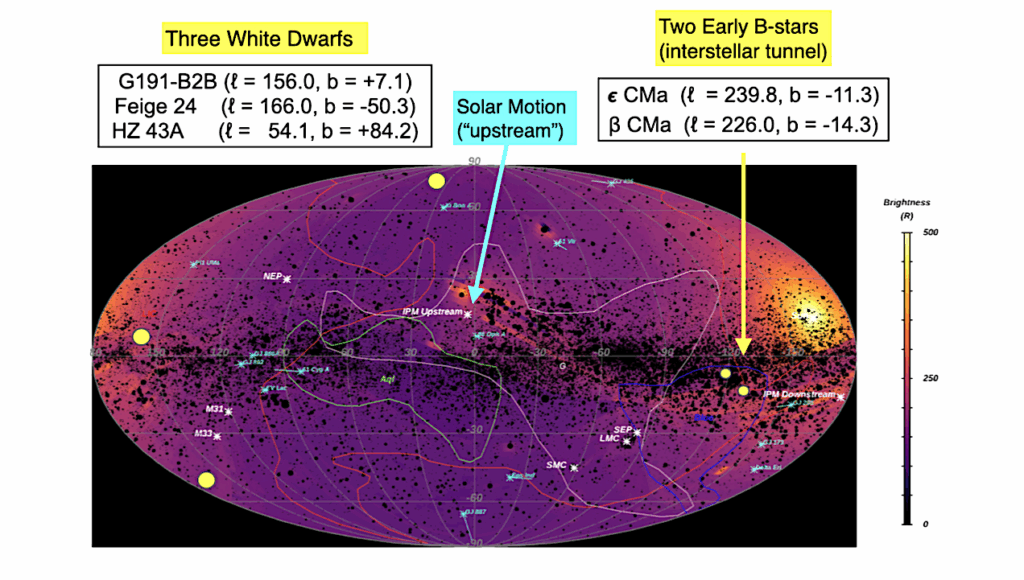Oxygen As A Control Over 2.4 Billion Years Of Earth's Atmospheric Evolution

Since the formation of the terrestrial planets, atmospheric loss has irreversibly altered their atmospheres, leading to remarkably different surface environments – Earth has remained habitable while Venus and Mars are apparently desolate.
The concept of habitability centres around the availability of liquid water which depends greatly on the composition of the atmosphere. While the history of molecular oxygen O2 in Earth’s atmosphere is debated, geological evidence supports at least two major episodes of increasing oxygenation: the Great Oxidation Event and the Neoproterozoic Oxidation Event. Both are thought to have been pivotal for the development and evolution of life.
We demonstrate through three-dimensional simulations that atmospheric O2 concentrations on Earth directly control the evolution and distribution of greenhouse gases (such as O3, H2O, CH4 and CO2) and the atmospheric temperature structure. In particular, at ≤1% the present atmospheric level (PAL) of O2, the stratosphere collapses. Our simulations show that a biologically ineffective ozone shield, lower than previously thought, existed during the Proterozoic, with a need for a Phanerozoic ozone shield to allow the emergence of surface life.
We find that O2 acts as a valve for the loss rate of atmospheric hydrogen through the exosphere. Estimated levels of hydrogen escape for the Proterozoic eon are all lower than present day, enabling us to establish Earth’s water loss timeline. Furthermore, we demonstrate how O2 on terrestrial exoplanets determines their theoretical transmission spectra, challenging signal-to-nose ratio assumptions contributing to the design of next generation telescopes that will facilitate the characterisation of Earth-like worlds.
Gregory Cooke (1), Dan Marsh (1 and 2), Catherine Walsh (1), Benjamin Black (3), Jean-François Lamarque (2) ((1) School of Physics and Astronomy, University of Leeds, (2) National Center for Atmospheric Research, Boulder, (3) Department of Earth and Atmospheric Sciences, The City College of New York)
Comments: 27 pages, 10 figures. Submitted to Nature Geoscience. Figure 5 has been changed from submitted version. Comments are very welcome
Subjects: Earth and Planetary Astrophysics (astro-ph.EP); Atmospheric and Oceanic Physics (physics.ao-ph); Geophysics (physics.geo-ph)
Cite as: arXiv:2102.11675 [astro-ph.EP] (or arXiv:2102.11675v1 [astro-ph.EP] for this version)
Submission history
From: Gregory Cooke
[v1] Tue, 23 Feb 2021 13:05:16 UTC (468 KB)
https://arxiv.org/abs/2102.11675
Astrobiology,








